 I am now back from the spring of the Northern Hemisphere and into the autumn of the Southern Hemisphere. The past week has been spent putting up flood fences etc from the floods of Cyclone Debbie, we were lucky with no stock loses or building damage and grateful for the rain.
I am now back from the spring of the Northern Hemisphere and into the autumn of the Southern Hemisphere. The past week has been spent putting up flood fences etc from the floods of Cyclone Debbie, we were lucky with no stock loses or building damage and grateful for the rain.
Next week I will be back on the road again in Australia starting with a 3 day private course in Bowral, N.S.W. and then riding horses in Canberra before flying back over to the west coast for a week long course with Horsemanship First Organiser Jenny Jackson. On arriving back home I have horses coming in for starting and then I have a home course that will be a Horsemanship and Cow Working Course. For any that are needing more information or enquiries please go to the website course schedule, www.davidstuart.com.au courses or alternatively email me at [email protected]
I have again added a horsemanship article or rambling that I trust will prove helpful.
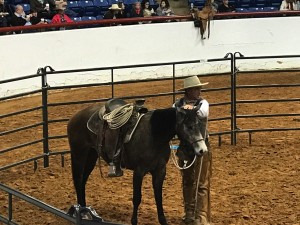
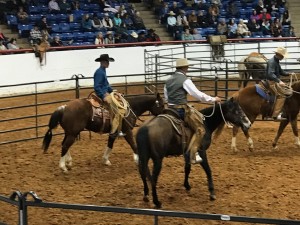
The above images are from the Legacy of Legends in Fort Worth, Texas.
When I was in the U.S recently I had an opportunity to spend a few days with some good people not only are they good with the horse, they have an empathy for the horse and are also good people to be around. While there is always a lot to be learned when you are riding a horse, I also believe there is a lot to be learned when you are having a conversation in the evening. The more experience that a rider has around horses, good or otherwise, often the better the conversation.
This conversation probally leads on from February’s blog and so with one of my friends we were discussing a soft feel. The conversation stared with me asking a question. Do you think that the soft feel is misunderstood, from what Ray Hunt intended. We both thought that this was the case, of course we might both want to review our current understanding over time. It appears today that many believe that a soft feel is more related to vertical flexion, while this has a part to play. If we can understanding the preparation to the position more, then perhaps we might have a better understanding of what we are trying to attain. ( That has to help the horse to start with )
As riders we may not appreciate how sensitive the horse is and we can often get to where we are just pulling on the horse to try and get the horse to come to the vertical. I am sure that this is not what Ray meant, when he spoke of a soft feel. When you would see Ray ride a horse, irrelevant of the horse being a young horse or an older horse. The horse was always in balance and the flexion was appropriate. Equally Ray always looked like he was a part of the horse and in balance with the horse. The question was put to Ray one time if he had ever had any equitation lessons, his answer was no. As he elaborated he said that it was easy to ride a horse that is in balance. Equally the soft feel has more quality and weighs nothing, even if the horse is not at the vertical, they feel like you have them on a thread of cotton. The horse is operating more on a feel than a physical containment, of course for may of us this may only be for a moment or to, but that is a start anyway.
These days I get a little reluctant to speak of Ray to much, for fear of misquoting him. Many have a part or an understanding of what this is about, so the above is more about causing us all to broaden our horizons and perspectives. A quote that Ray would sometimes use was that the last thing that you learn is the first thing that you need to know.
![]() Well what a start to a U.K. summer and its rumoured that the U.K. is about to run out of sunscreen and cold beer. Even in Scotland the sun is shining, legs are coming out that have not seen the sun in years. At the end of the day they do appear red with embarrassment.
Well what a start to a U.K. summer and its rumoured that the U.K. is about to run out of sunscreen and cold beer. Even in Scotland the sun is shining, legs are coming out that have not seen the sun in years. At the end of the day they do appear red with embarrassment.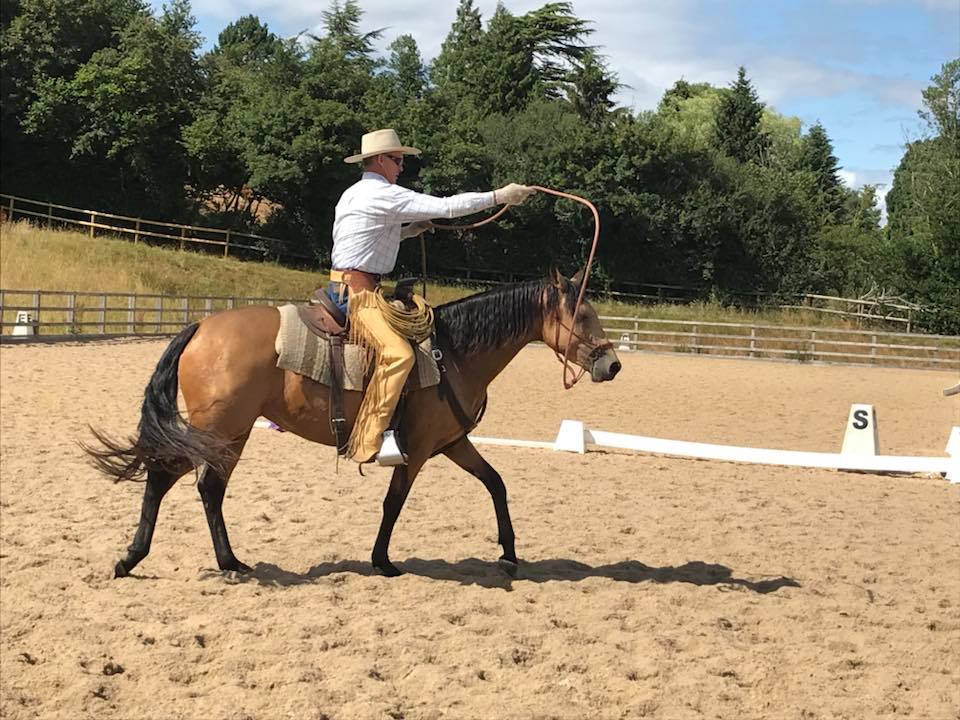 The horse above is Tina’s horse, this was I think her third ride, with the horse below also one of the young horse starts. This is a short blog with not many words. Perhaps pictures say more than words. I have a few more weeks in the U.K. and look forward to catching up with old and new friends in the coming weeks.
The horse above is Tina’s horse, this was I think her third ride, with the horse below also one of the young horse starts. This is a short blog with not many words. Perhaps pictures say more than words. I have a few more weeks in the U.K. and look forward to catching up with old and new friends in the coming weeks.
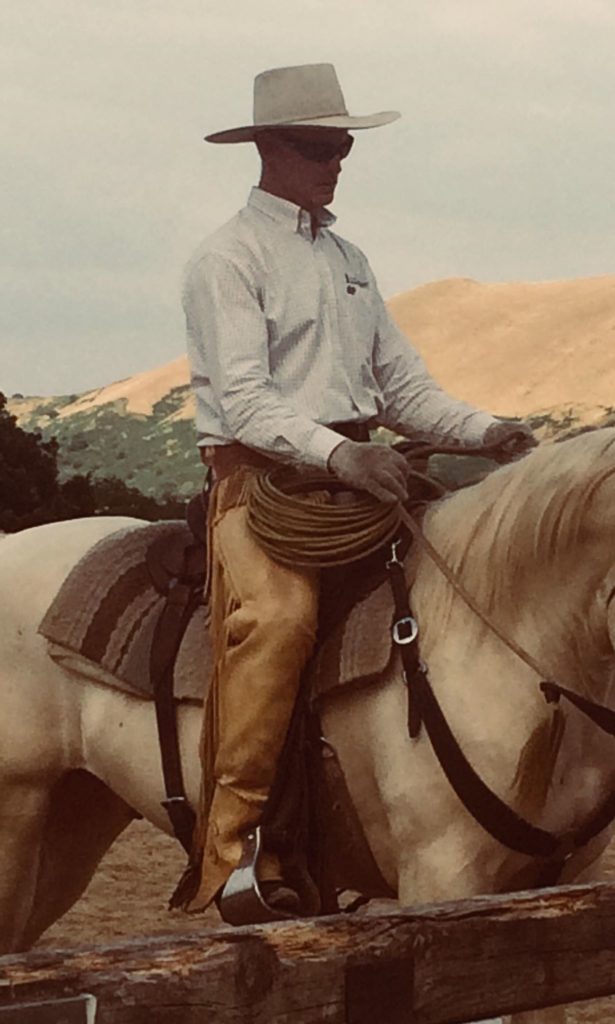
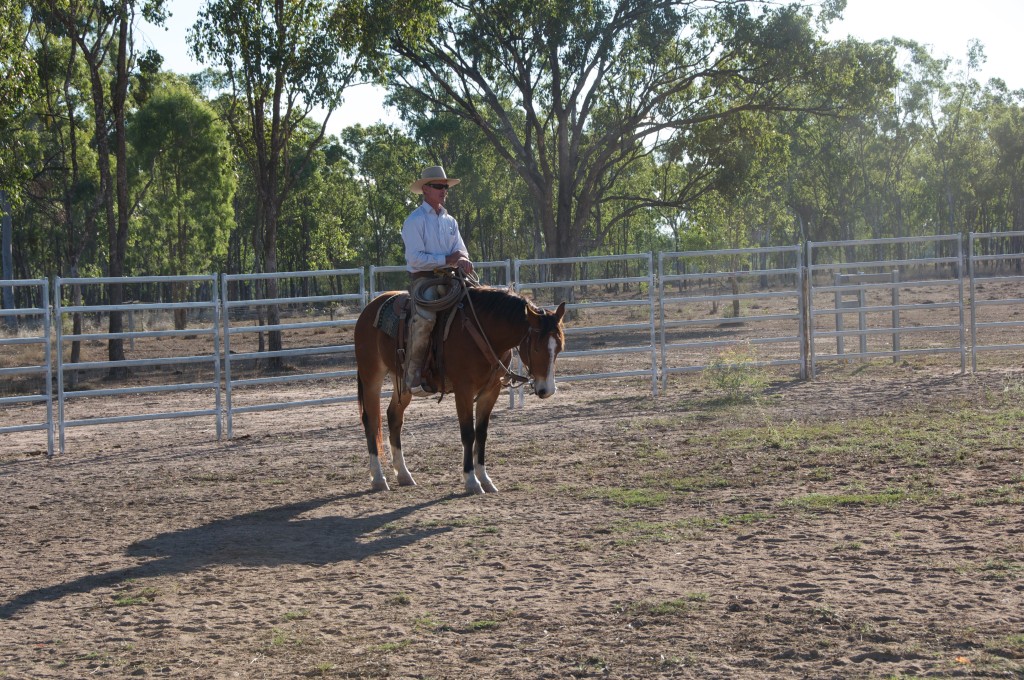
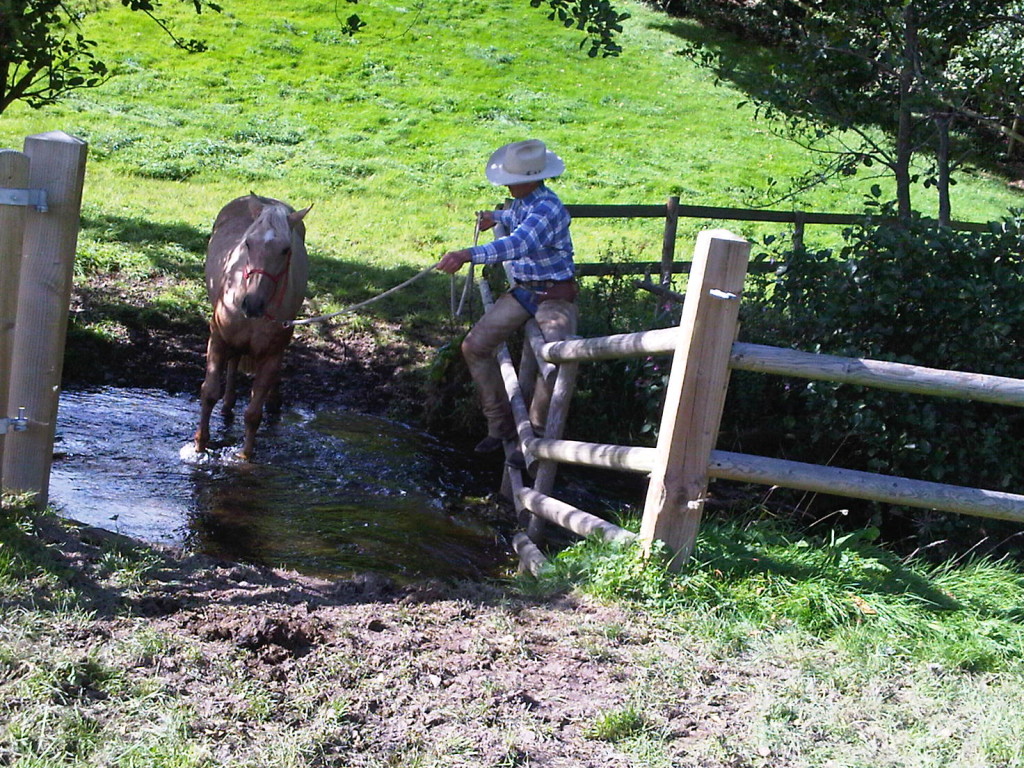
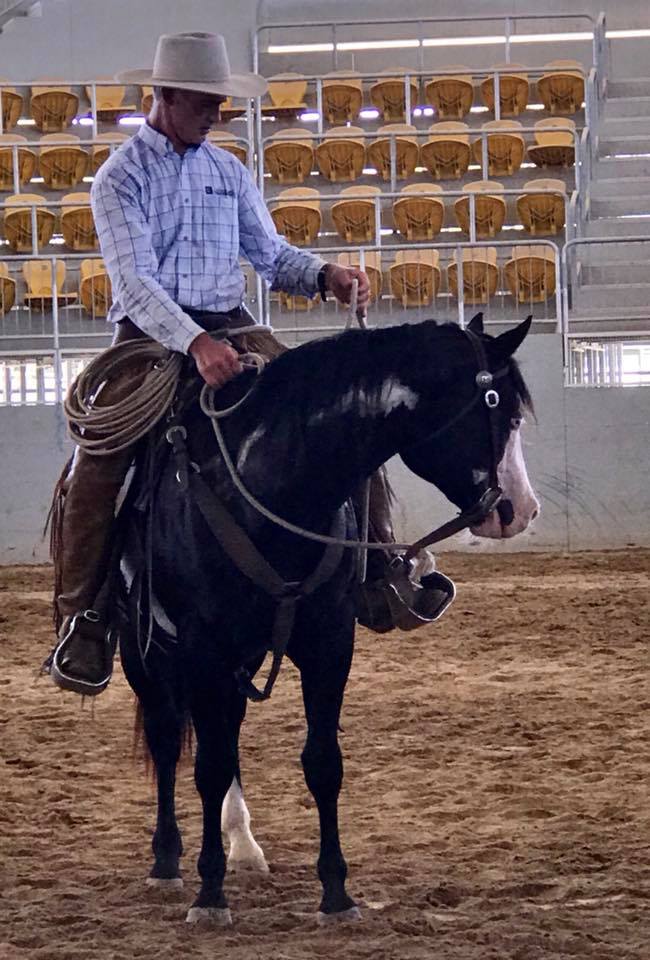
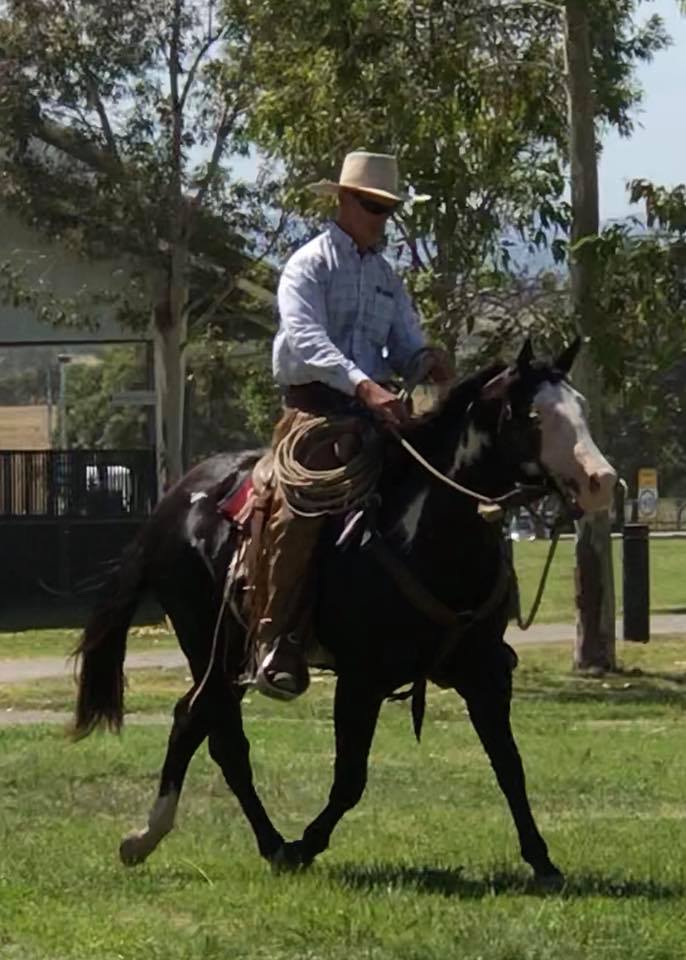
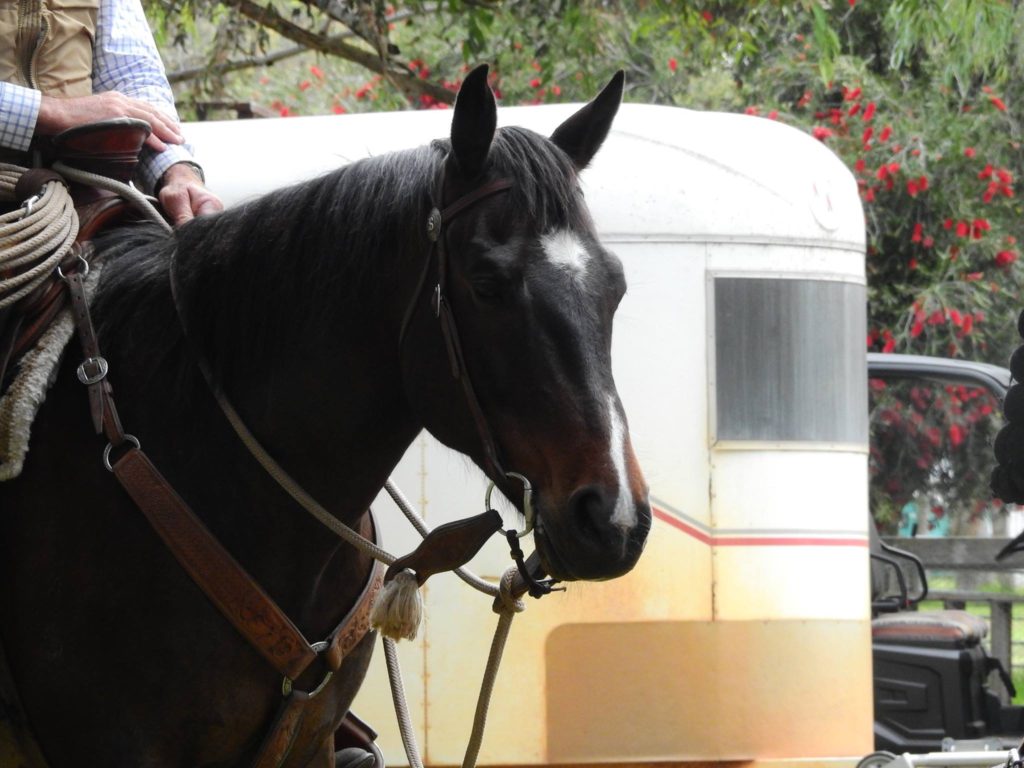
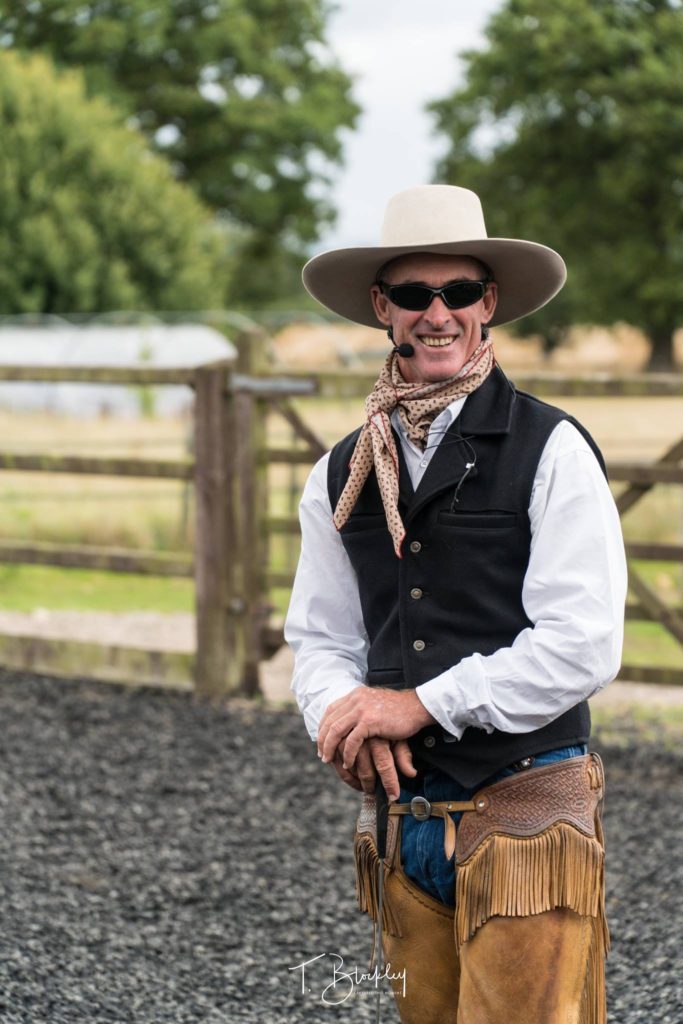

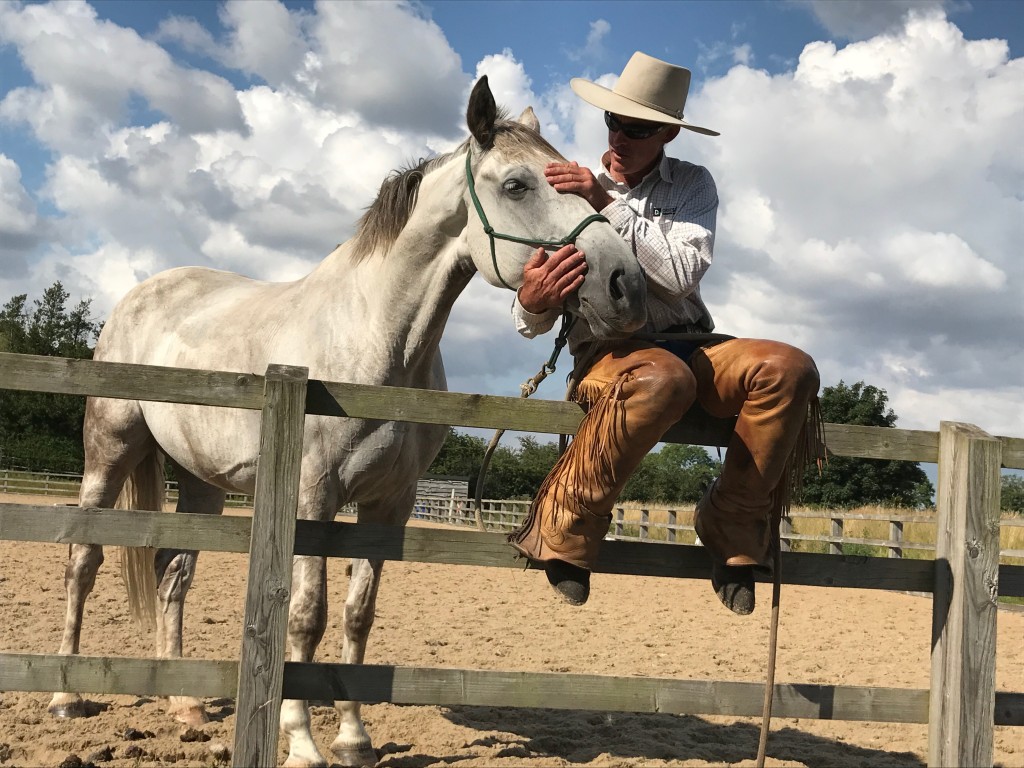
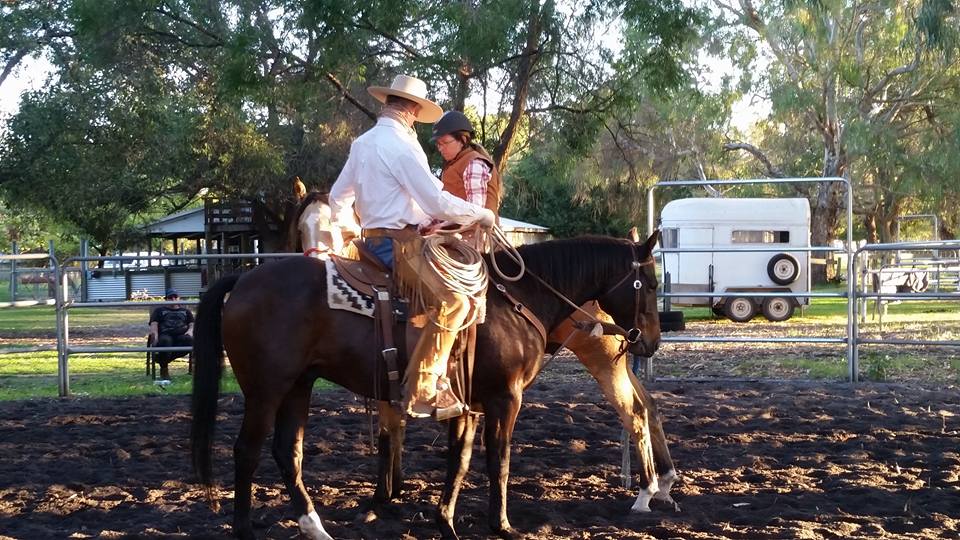
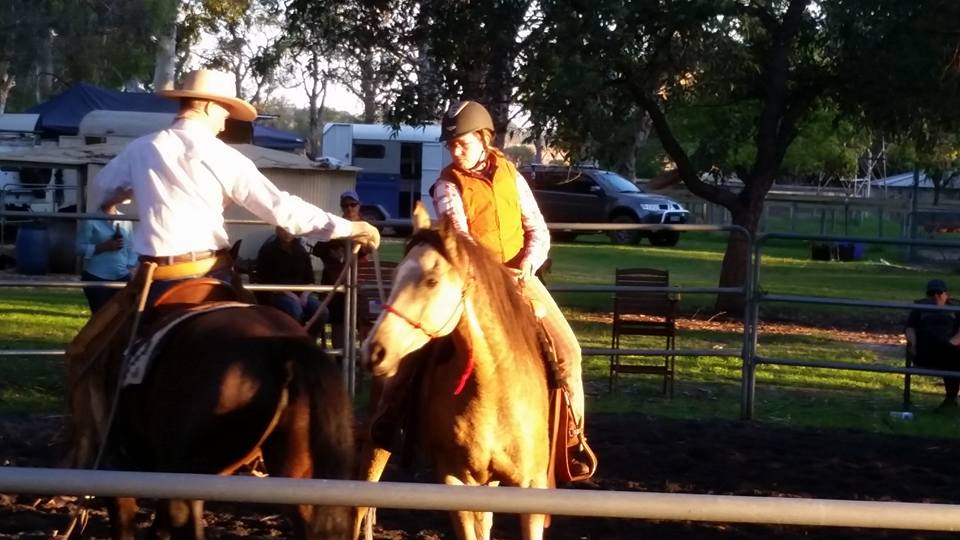


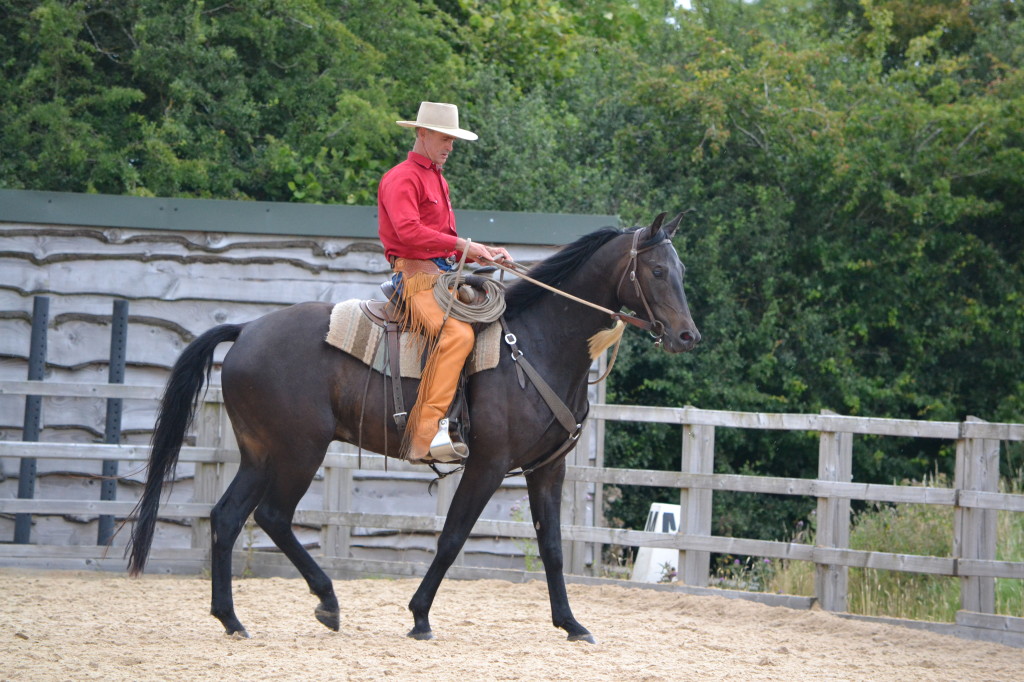
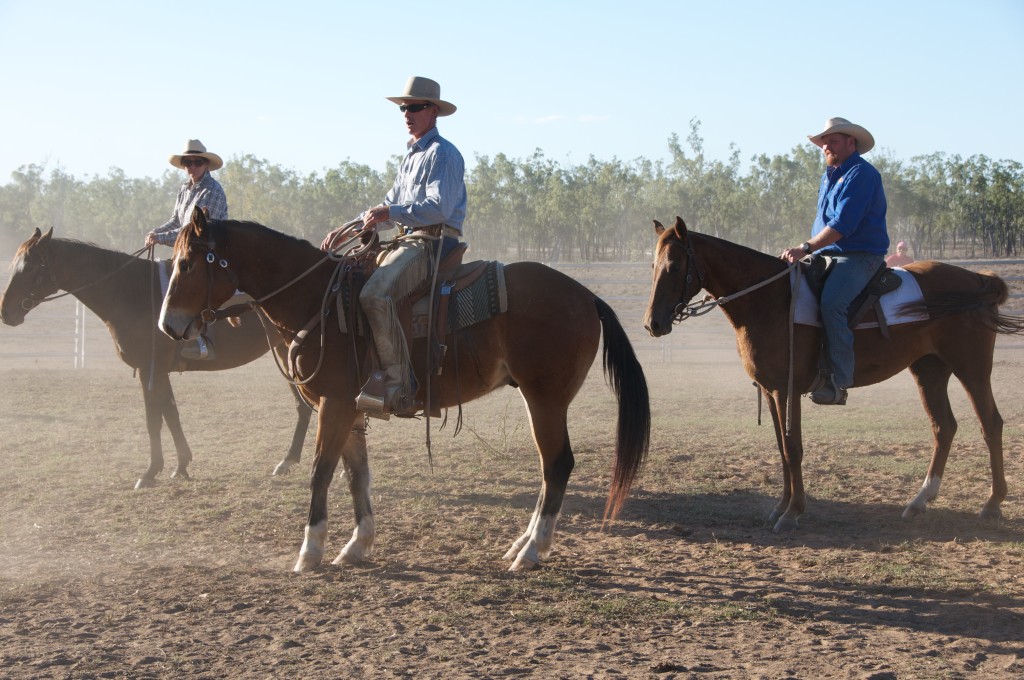
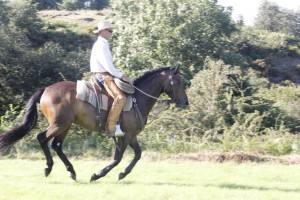
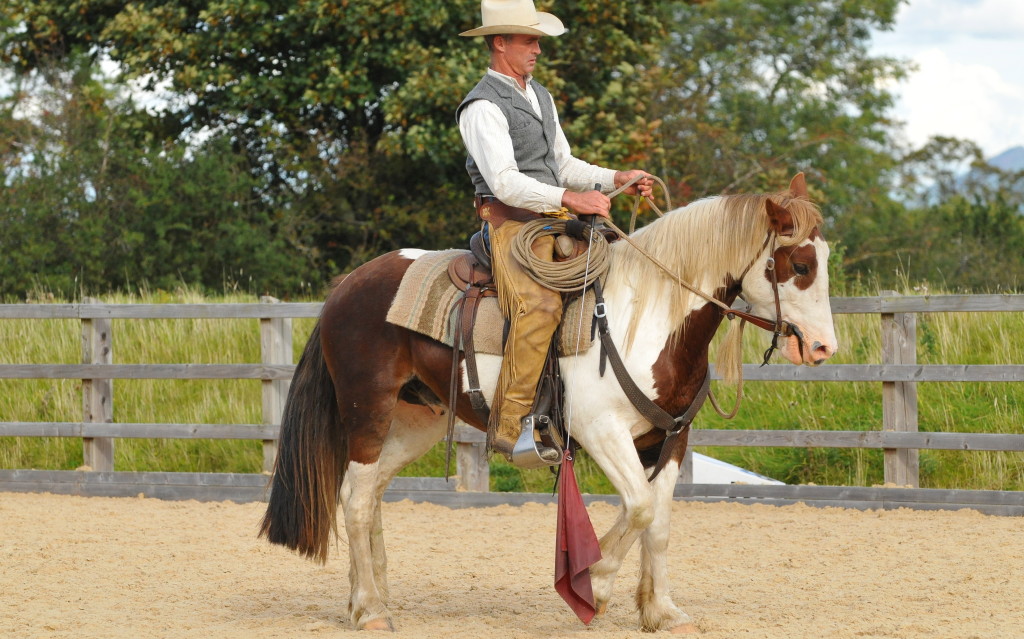
Recent Comments